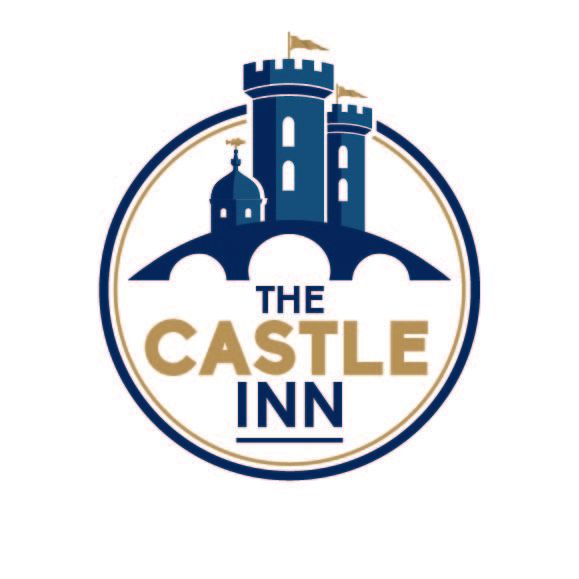The History of Bradford on Avon
And the story of The Castle Inn
In the heart of a historic town
The Castle Inn was originally a handsome and impressive 18th century home on the northern edge of Bradford on Avon, built in a commanding position overlooking the ancient centre, the medieval bridge and the breweries and wool mills below.
Its location is close to the earliest settlement in Bradford on Avon, where an Iron Age tribe lived on the same escarpment as the Castle, protected by their views of the valley below. There was a Roman presence in the area, followed by a Saxon settlement significant enough to build a fine stone church which still stands close to the river Avon. The town’s name dates from this period, derived from the ‘broad ford’ which allowed people, animals and goods to cross the river.
It was in the medieval era that Bradford began to grow in size and wealth through its wool and cloth industries. The characteristic
terraces of weavers’ cottages and imposing clothiers’ houses dating back to the 17th century still stretch along on the northern slopes close to the Castle Inn.
By the mid 19th century, when George Newman established the Castle Inn, the town expanded outwards both south and north from the old centre. Christ Church, a neighbour of the pub, was built in this time and both church and pub would have served the growing local community.
As the cloth industry declined, rubber took its place and Bradford on Avon became the pioneering centre of the British industry. This history of successful industry and innovation has echoes today in the town’s range of high tech, engineering and creative businesses. In the 21st century Bradford on Avon also enjoys a growing reputation as a destination for relaxing, eating, drinking and generally enjoying life in an idyllic spot, surrounded by waterways, woods, hills and far reaching views across historic landscapes.
Photo from Bradford on Avon Museum
